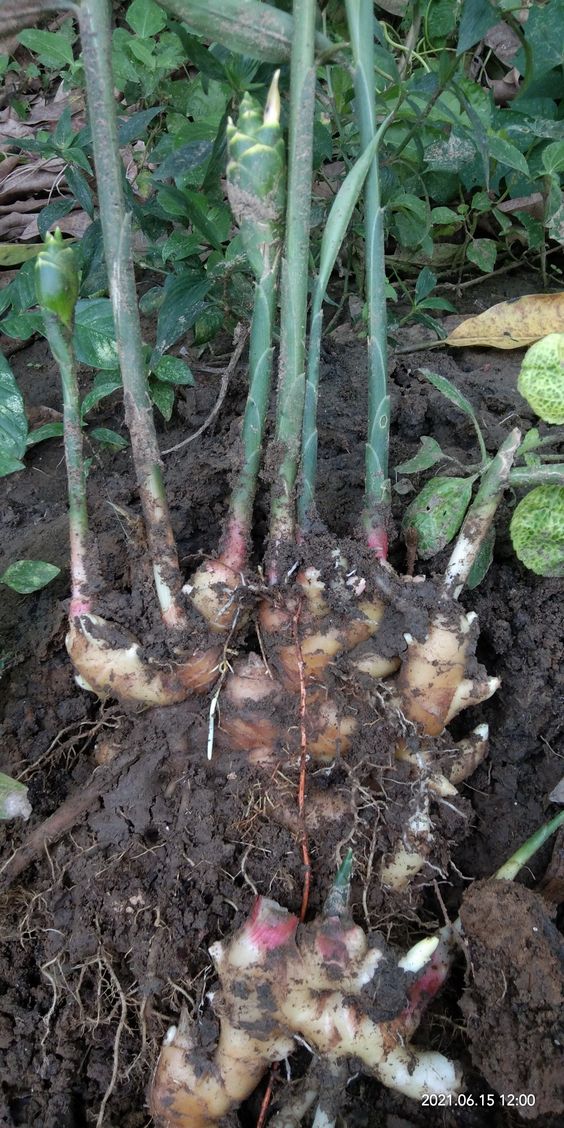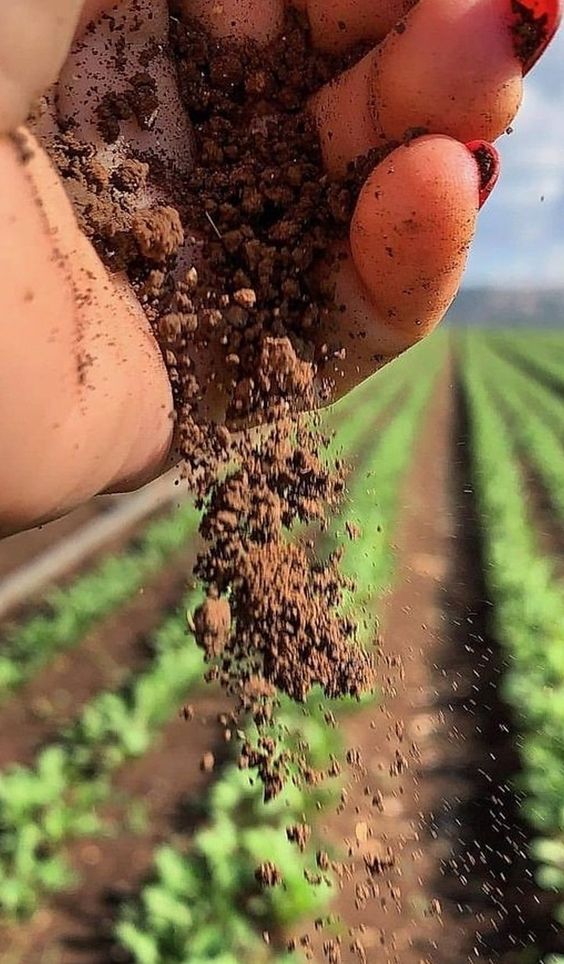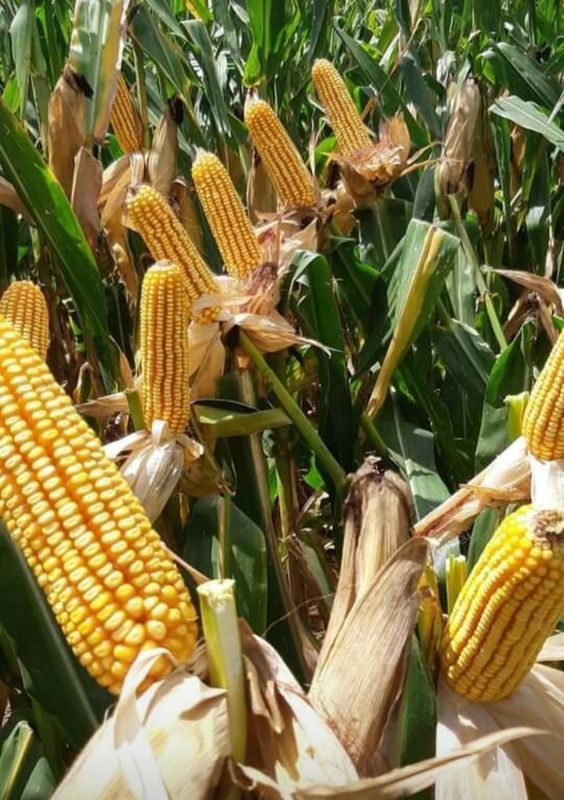Unleashing the Power of Plant Clover: A Smart Agriculture Approach to Sustainable Farming
Plant Clover,The agricultural sector faces a multitude of challenges: increasing demand for food, environmental concerns, and the need for efficient resource utilization. Smart agriculture, with its data-driven approach and innovative technologies, offers solutions to navigate these complexities. One often overlooked yet powerful tool in the smart agriculture toolbox is clover.
This humble legume, with its unassuming appearance, packs a surprising punch when it comes to boosting productivity, enhancing soil health, and promoting biodiversity. By integrating Plant Clover into agricultural practices through a smart agriculture lens, farmers can unlock a range of benefits that contribute to a more sustainable and profitable future.
Contents
- 1 Benefits of Plant Clover in Smart Agriculture
- 2 Objectives of Plant Clover Integration in Smart Agriculture
- 3 Explanation: Technology Optimizing Plant Clover Use
- 4 Considerations and Implementation Strategies for Plant Clover in Smart Agriculture
- 5 Smart Agriculture Tools and Implementation Strategies
- 6 Plant Clover Challenges and Overcoming Obstacles
Benefits of Plant Clover in Smart Agriculture
Plant Clover offers a multi-pronged approach to improving agricultural practices:
- Soil Health Enhancement: Clover’s deep root system breaks up compacted soil, improving aeration and drainage. It also fixes atmospheric nitrogen, reducing dependence on synthetic fertilizers and enriching the soil for subsequent crops.
- Nitrogen Fixation: Through a symbiotic relationship with rhizobia bacteria, clover captures atmospheric nitrogen and converts it into a usable form for plants. This translates to reduced reliance on external nitrogen sources, leading to cost savings and a lower environmental footprint.
- Weed Suppression: Clover’s dense, low-growing foliage acts as a natural weed barrier, suppressing weed growth and competition for resources with primary crops.
Objectives of Plant Clover Integration in Smart Agriculture
By incorporating Plant Clover into smart agriculture practices, farmers can achieve several key objectives:
- Increased Efficiency: Sensor-based technology can monitor soil conditions and clover growth, allowing for targeted application of resources like water and nutrients, maximizing efficiency.
- Reduced Environmental Impact: By minimizing fertilizer use and promoting soil health, clover contributes to a more sustainable agricultural system with a lower carbon footprint.
- Improved Crop Yields: Enhanced soil health and nitrogen fixation from clover can lead to improved crop yields and overall productivity.
Explanation: Technology Optimizing Plant Clover Use
Smart agriculture technologies play a crucial role in maximizing the benefits of Plant Clover:
- Precision Seeding: Precision planters equipped with GPS and variable rate technology can ensure optimal clover seed distribution based on soil conditions and desired clover density.
- Soil Sensors: Sensor networks can monitor soil moisture, nitrogen levels, and temperature, providing data to optimize irrigation, fertilizer application, and clover growth.
- Yield Mapping: Sensors mounted on harvesting equipment can generate detailed yield maps, allowing farmers to identify areas where clover has positively impacted crop performance.
Considerations and Implementation Strategies for Plant Clover in Smart Agriculture
While the benefits of Plant Clover in smart agriculture are undeniable, several factors require consideration for successful implementation:
- Clover Varieties: Choosing the right clover variety is crucial. Factors like climate, soil type, and intended use (grazing, nitrogen fixation, ground cover) influence selection. Researching and selecting appropriate clover varieties specific to your region and farming practices is essential.
- Establishment Methods: Techniques for integrating clover into existing cropping systems vary. No-till seeding allows clover to establish under existing crops, while intercropping involves planting clover directly with the primary crop. Overseeding involves broadcasting clover seeds on established pastures or after harvesting main crops. Choosing the most suitable method depends on the specific farming system.
- Management Practices: Grazing management is critical to maintain a healthy clover stand. Overgrazing can damage clover plants and hinder their nitrogen-fixing capabilities. Rotational grazing allows clover to recover and promotes vigorous growth. Additionally, mowing clover periodically can suppress unwanted weeds and encourage new growth.
Smart Agriculture Tools and Implementation Strategies
Here’s a breakdown of how specific smart agriculture tools can be used to optimize Plant Clover integration:
- Precision Seeding and Seeding Rate Optimization: Advanced planters with variable rate technology can adjust seeding rates based on soil maps and historical data. This ensures optimal clover plant density for desired benefits, minimizing seed waste and maximizing cost-effectiveness.
- Soil Sensor Integration and Data-Driven Decisions: Real-time data from soil sensors can inform irrigation decisions. Farmers can adjust watering based on soil moisture readings, ensuring optimal conditions for both clover and primary crops. Additionally, sensor data on nitrogen levels can guide fertilizer application decisions, further reducing reliance on synthetic fertilizers.
- Yield Mapping and Identifying Clover’s Impact: Yield maps generated from harvesting equipment can identify areas with higher yields potentially linked to the positive effects of clover. This data can help guide future planting decisions and validate the effectiveness of clover integration.
Plant Clover Challenges and Overcoming Obstacles
Despite its advantages, integrating Plant Clover into existing farming systems presents some challenges.
- Initial Investment: Smart agriculture technologies like precision planters and sensor networks often require an initial investment. However, long-term cost savings through reduced fertilizer use and improved yields can offset these initial costs.
- Knowledge Gap: Adopting new technologies and integrating clover into established practices might require learning new skills and adapting management practices. Training programs and workshops offered by agricultural extension services can bridge this knowledge gap.
- Data Management and Analysis: Integrating smart agriculture technologies generates a wealth of data. Developing the skills to interpret and utilize this data effectively might be a challenge for some farmers. Collaboration with data management specialists and agricultural consultants can address this issue.




